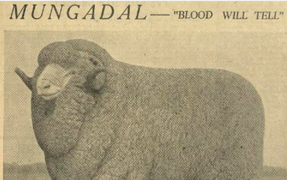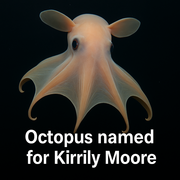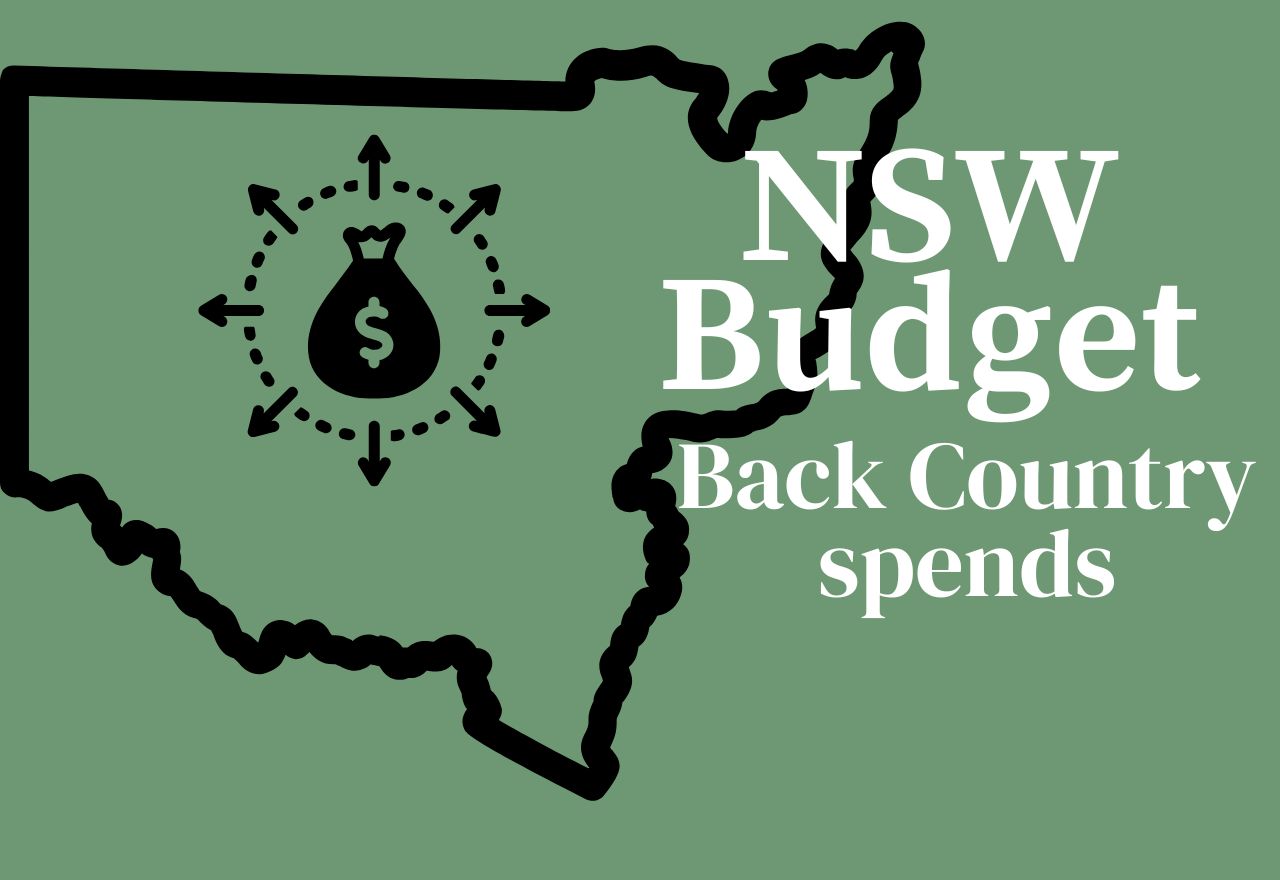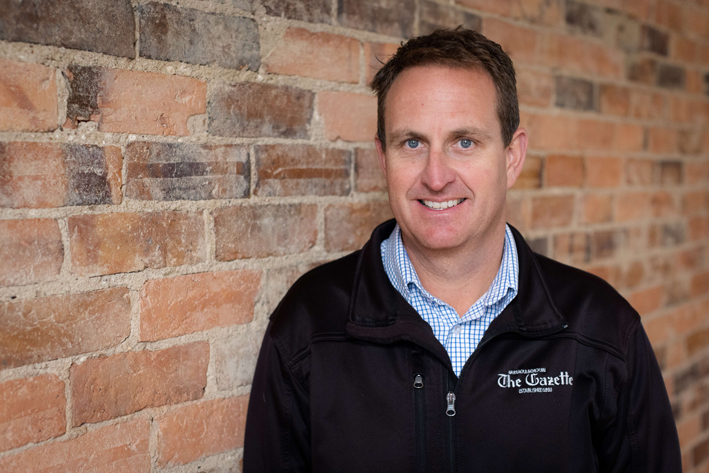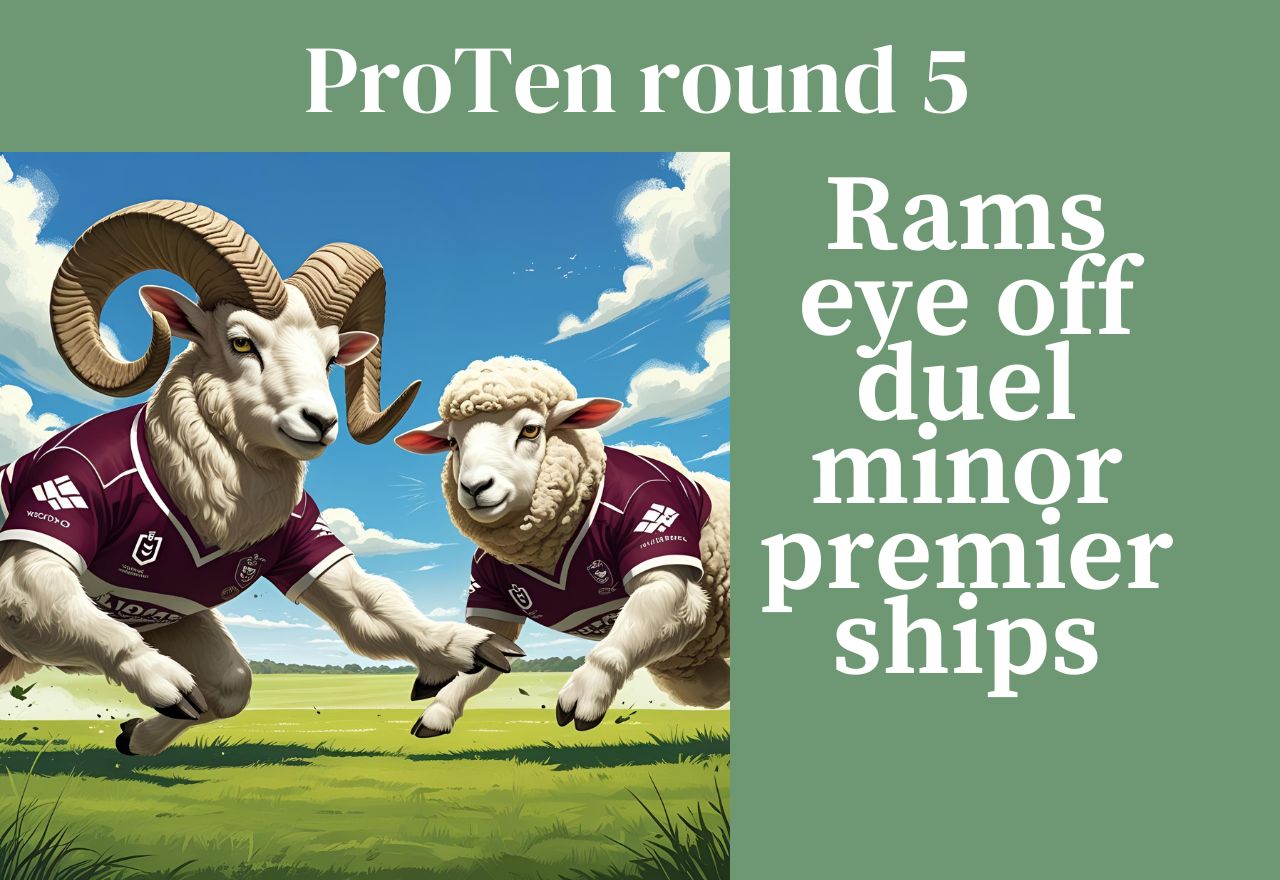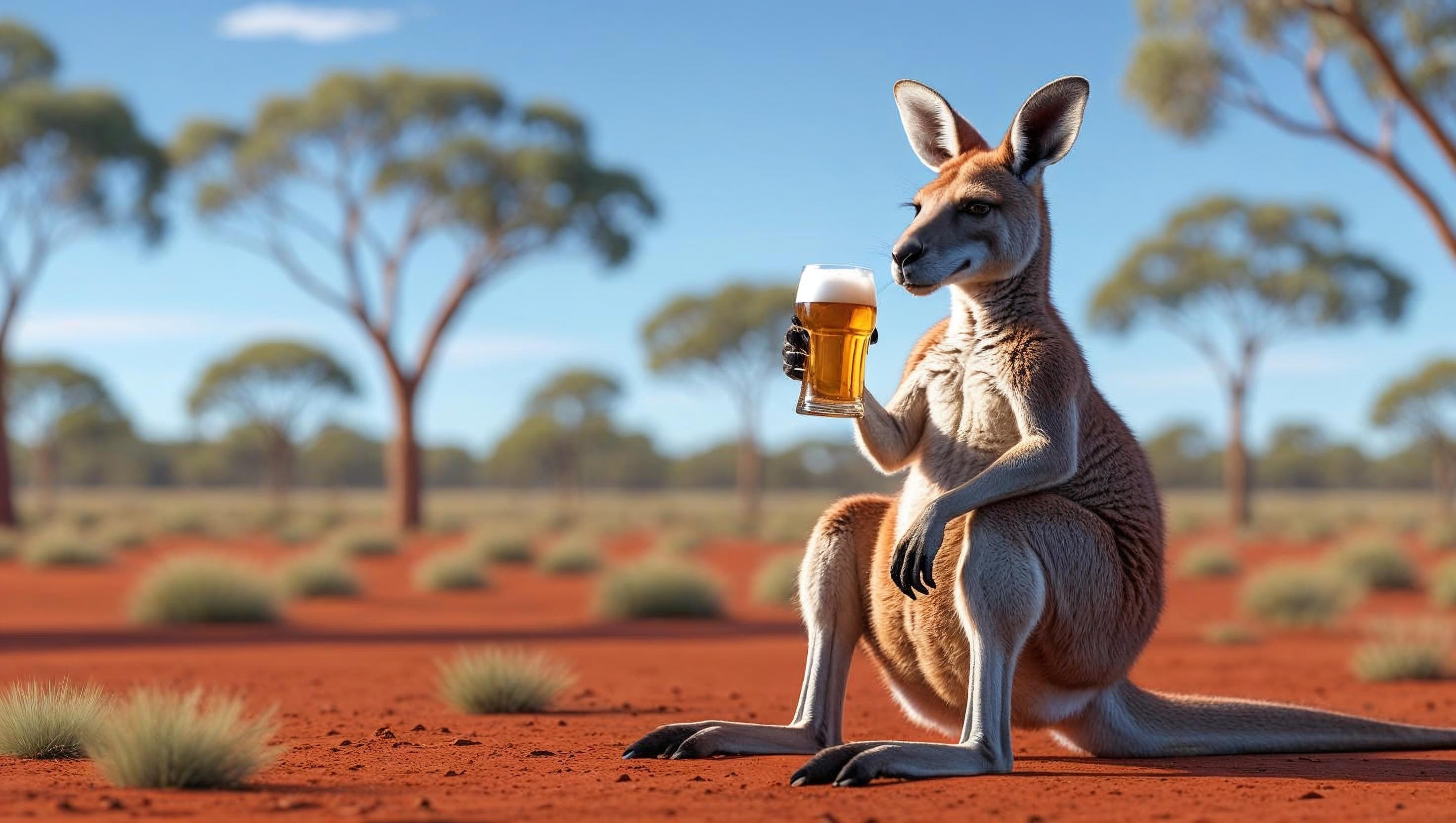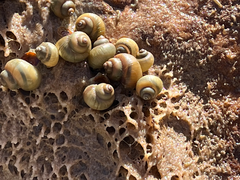Celebrating 160 years of Mungadal - Part two
Kimberly Grabham
30 June 2025, 5:28 AM

This week’s Blast from the Past is the second part of remembering Mungadal Station’s 160 years of history and achievements.
When Anthony Hordern II arrived in the Hay district in June 1923, he brought with him a reputation that was already well established in the world of stud breeding.
He was described as a man born into the world of commerce, but who became a leader in every field of stud stock breeding. Hordern was recognised as a pastoral peer and genetic genius who would transform Mungadal into one of the world's most celebrated Merino studs.
Mr Hordern had already proven his credentials as a top stock breeder, having established the Milton Park cattle stud near Bowral.
His entry into sheep breeding began with the founding of the Bywong Stud at Gundaroo near the Federal Capital Territory, where he invested in some very high-priced Boonoke rams. However, finding that this type of sheep did not thrive well at Bywong, he disposed of the property and moved his attention to the Hay district.
Even before purchasing Mungadal, Hordern was already establishing connections in the area, agisting sheep at Somerset (now part of Uralla just south of Hay), at Kyeema, and on property owned by the Headon family.
During a particularly dry period in May and June of 1923, Mr Hordern took an interest in the purchase of Mungadal, and whilst negotiating its purchase and embarking on inspection tours of the property, the rains came. The timing could hardly have been more challenging. The sudden rains made travelling extraordinarily difficult, with the result that much of his inspection was conducted by horse and sulky, with the assistance of Mr Alf Ashley Snr of Hay.
Despite these difficulties, Hordern recognised the potential of the property, and the sale of the station was announced by the selling agents Wilkinson and Lavender in July 1923.
At the time of purchase, Mungadal consisted of 111,712 acres. The existing Mungadal stud, which had its early foundation on Tasmanian and Ercildoune blood established by Colin Simson, had already been influenced by the Peppin strain from Wanganella and Boonoke, setting the stage for Hordern's revolutionary breeding programme. Hordern's advent to Mungadal brought about a remarkable consolidation of two studs that were predominantly Peppin bloodlines.
He joined his Mungadal 'No 1' Stud, which he had already established on this breeding at Bywong, with the existing Mungadal Stud (known as Mungadal No 2), which had been established by the Simsons many years earlier.
From 1923 until 1936, Mr Hordern conducted both studs at Mungadal before reconstructing them through a careful transfer of breeding stock.
The reconstruction involved the transfer of eight rams and 510 ewes from Mungadal No 1, Flock 15, and 55 rams and 3,260 ewes from Mungadal No 2, Flock 230. This careful blending of bloodlines represented one of the most significant genetic projects in Australian Merino breeding history.
The Mungadal No 1 stud (formerly the Bywong stud) had been founded by Anthony Hordern in 1921 at Gundaroo, New South Wales, through the purchase of two highly priced rams and 200 ewes from F.S. Falkiner and Sons, Boonoke Conargo. The quality of this initial investment was evident – these were not merely sheep, but the genetic foundation of what would become a world renowned bloodline. Further purchases from Boonoke followed: 24 rams and 2,000 ewes in 1922. Later, in 1924, when Hordern had moved to Mungadal, he purchased a further ram from Boonoke and added to these in 1926 with 13 rams and 51 ewes, and again in 1933 with another ram, all from the Boonoke stud. The consistency of his purchasing from this single, exceptional source demonstrates Hordern's commitment to maintaining genetic integrity and quality.
Significantly, there was no further outside introduction of blood to the stud until 1947, when Ajax was bought from Uardry for 1,100 guineas – the top price for that year's Sydney sales. This purchase demonstrated both the exclusivity of Hordern's breeding program and his willingness to invest in exceptional genetics when they became available. The Mungadal Number 2 stud, founded by Simson with approximately 2,000 selected ewes, was purchased by Hordern when he bought Mungadal on a walk-in, walk-out basis. This seamless transition ensured that the careful genetic work begun by Colin Simson would continue and evolve under Hordern's masterful guidance. Another groundbreaking aspect of stud breeding at Mungadal under Mr Hordern was the foundation of the Mungadal Poll Stud. This innovative breeding line was established with 75 ewes selected from the Mungadal flock No. 15.
The poll ram produced by this programme attracted significant attention from other leading breeders, including Mr Otway Falkiner. Falkiner had founded a poll stud at Jerilderie in 1934 on Boonoke blood, later moving it to Zara, Wanganella. Mr Falkiner offered a substantial sum for the Mungadal poll ram, but Hordern was deeply interested in this breeding line and retained the ram to found his own poll stud. He carried this stud forward without any outside introductions, demonstrating remarkable commitment to developing his own genetic lines. When he eventually sold Mungadal to Naroo Pastoral Co., he moved the poll stud to his new home at Ulladulla near Holbrook, where his continued interest in this line would be showcased in forthcoming Albury sales and shows. When Mr Hordern first took up Mungadal, he declared two ambitious goals: to breed the best sheep possible and to make Mungadal into a showcase. The historical record shows that he achieved both objectives magnificently.
On the breeding side, he rose to the very pinnacle of the sheep world when he won the blue ribbon event at the Sydney Show – the prestigious Stonehaven Cup – on three successive occasions in 1950, 1951, and 1952, and again achieved this honour in 1956. The first Stonehaven Cup victory in 1950 was particularly memorable, marking the beginning of their historic hat-trick. This was a defining moment in the achievements of Mr Anthony Hordern, whose aim had always been to breed top-class stock. The significance of this first victory was underscored when Hordern was presented with his first Stonehaven Cup by Prime Minister Robert Menzies, highlighting the national importance of his achievement. Between these Stonehaven Cup victories, in 1954, Hordern achieved another remarkable honour when he won the Australian Championship for the most valuable fleece at the Australian International Wool Exhibition.
This victory demonstrated that Mungadal's success extended beyond the show ring to the commercial realities of wool production. Apart from his dominance in the Stonehaven Cup competition for three rams and two ewes, Mr Hordern took particular interest in showing his Mungadal merinos in pens of five.
His philosophy was clear and revolutionary for the time; "It is not enough to breed one outstanding sheep; breeders must concentrate on breeding a fine type throughout the stud."
This approach to consistent quality across the entire breeding program set new standards for the industry. While being a keen exhibitor of sheep, Mr Hordern was notably different from many stud masters in that he was not keen on seeking renown for highly priced rams. It is well documented that his best rams were always turned back into the stud where they were used for the improvement of selected and flock rams. This practice demonstrated his commitment to the improving his clients flocks throughout and beyond the Hay district, prioritising long term genetic improvement over short-term financial gain. This philosophy of turning top rams back into the breeding program rather than selling them at high prices represented a significant sacrifice of immediate income in favour of long-term genetic progress.
It also demonstrated Hordern's commitment to his clients and to the broader improvement of merino sheep throughout Australia. The success of Mungadal under Hordern's ownership was supported by a carefully chosen team of dedicated professionals.
Shortly after buying Mungadal, Mr Hordern departed on an overseas trip, leaving Mr Leo Wright in charge as the first manager. Also on his staff at the time was Mr L.P.J. (John) Storey, who came from Bywong with Hordern as a jackeroo, and W.J. McCarthy was employed as a classer.
Mr McCarthy carried on in his role for many years until 1945, when Mr Malcolm McLeod took over and continued in the position thereafter.
Mr Wright did not stay many years and was replaced by the youthful Mr Storey as manager, who carried on in that capacity until his retirement in 1958. After Storey's retirement, the property reverted to the personal supervision of Mr Hordern until he sold the operation. This continuity of management and the careful development of staff expertise were crucial elements in maintaining the consistent quality and genetic progress that characterised the Hordern era at Mungadal.
The longevity of service demonstrated by these key personnel reflected both the quality of Hordern's leadership and the special nature of working at one of Australia's premier studs.
By 1965, the station boasted a 22-mile frontage to the Murrumbidgee River and was divided into 72 paddocks, all of which in a normal season were well-watered. Twenty-four paddocks totalling 880 acres were under improved pastures and were well irrigated, representing significant investment in agricultural improvement. The commitment to feed security was evident in the property's silage production capabilities. In a normal season, more than 4,000 tons of silage were stored on the property, providing crucial backup feed for the extensive sheep flocks during dry periods or seasonal variations.
When Naroo Pastoral Co. took ownership in 1963, they retained much of the management structure that had served the property so well.
The manager in 1965 was Mr Fergus Fysh, who joined the Naroo Company from Charles Mills (Uardry), where he had been overseer. The stud sales representative was Mr Don McNeil, who had been at Mungadal longer than any other employee at that time.
Don McNeil's service to Mungadal spanned over 30 years, beginning as a lad. His dedication to stud breeding was evident early in his career when he won three consecutive junior judging competitions in Melbourne.
The owners of Mungadal in 1965, Naroo Pastoral Co. Pty Ltd, represented a new era in Australian pastoral ownership.
The company had only been formed in 1960, but in those five years, they had spread their operations over 300,000 acres of grazing and farmland in New South Wales and Tasmania. Naroo was a $1.5 million subsidiary of British Tobacco Company (Australia) and was formed as a joint enterprise with British American Tobacco Company of London.
This international backing provided the capital and strategic vision necessary to maintain and expand Mungadal's operations while preserving its reputation for breeding excellence.
The story of Mungadal continued to evolve in the decades following the 1965 feature.
Mungadal Station was purchased in 2010 and was later expanded with the acquisition of Pevensey in 2011, bringing the property full circle to include land that had been part of the original Lang brothers' holdings.
Further expansion followed with the acquisition of Ulonga to the north in 2015 and neighbouring Rosevale in 2016.
The current owners of Mungadal, Paraway Pastoral Company, have increased the size of the operation to 116,994 hectares.
In addition to the self-replacing sheep flock, the property maintains some irrigated cropping and takes on trade cattle when the seasons permit.
Jock Campbell manages Mungadal Station, supported by a small team of full-time staff.
From the Scottish dreams of the Lang brothers to the genetic genius of Anthony Hordern, from the foundational work of Colin Simson to the modern pastoral operation managed by Jock Campbell, Mungadal Station represents more than 160 years of Australian pastoral history. For more than a century and a half, this property has been a place of renewal and abundance, where each generation of owners and managers has built upon the work of their predecessors to create something greater than what came before.
The genetic lines established by Colin Simson and refined by Anthony Hordern continue to influence merino breeding throughout Australia and beyond.
COMMUNITY
NEWS
SPORT
